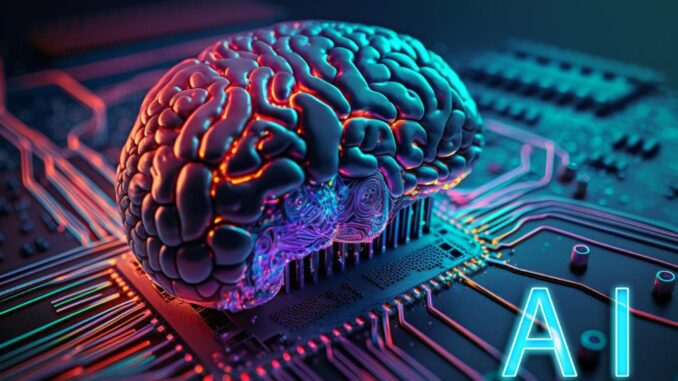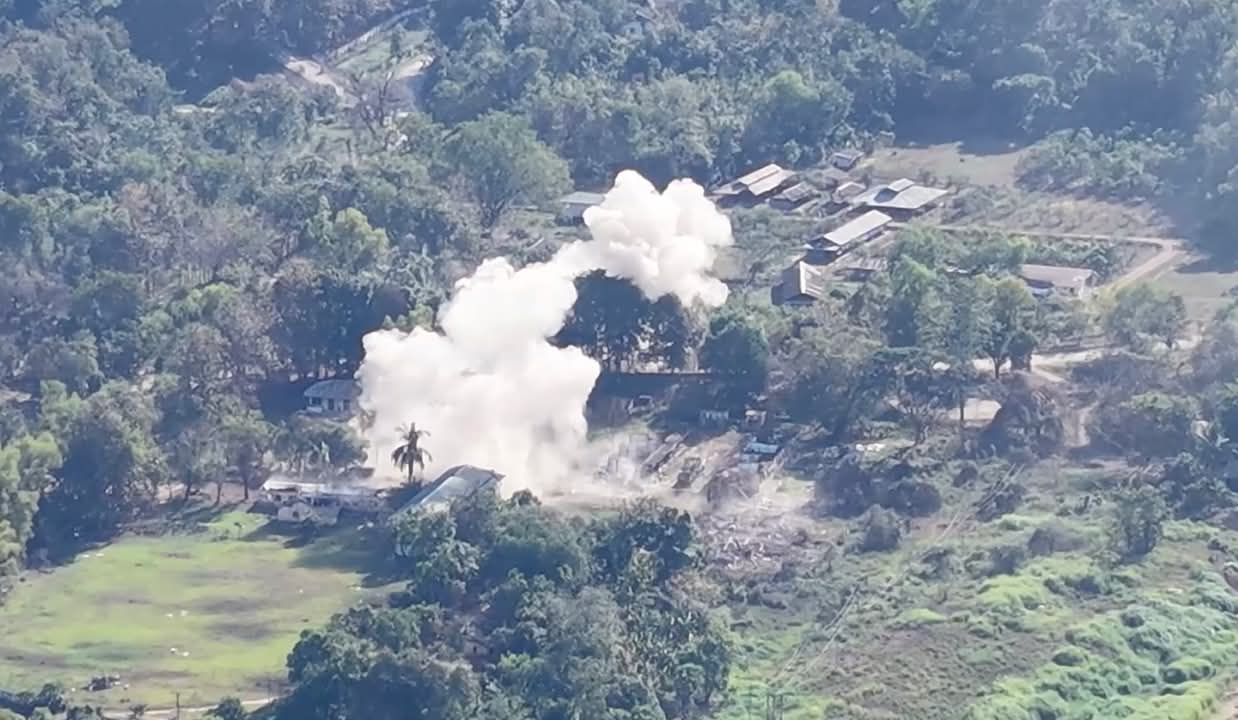
AI classification and clustering are two important techniques in the field of machine learning and data mining. They are primarily used for organizing and interpreting data, allowing for more effective decision-making and predictions. Here’s a breakdown of both concepts:
1. Classification – Definition: Classification is a supervised learning technique where the goal is to predict the categorical label of new observations based on past observations with known labels.









How It Works:
Training Phase: The model is trained using a labeled dataset, which contains input features and corresponding class labels. Examples include emails labeled as “spam” or “not spam,” or images labeled as containing “cats” or “dogs.”
Testing Phase: Once the model is trained, it can predict the class labels for unseen data.
Common Algorithms:
Logistic Regression
Decision Trees
Random Forests
Support Vector Machines (SVM)
Neural Networks
Applications:
Email filtering (spam vs. non-spam)
Medical diagnosis (disease categorization)
Image recognition (object detection)
Sentiment analysis (positive vs. negative sentiments)
2. Clustering
Definition:
Clustering is an unsupervised learning technique that involves grouping similar data points (observations) together based on their features. The goal is to find natural groupings within the data without prior knowledge of labels.
How It Works:
Clustering algorithms analyze the feature space and identify inherent patterns and structures, forming clusters based on similarity measures.
Common Algorithms:
K-Means Clustering
Hierarchical Clustering
DBSCAN (Density-Based Spatial Clustering of Applications with Noise)
Gaussian Mixture Models (GMM)
Applications:
Customer segmentation in marketing
Image compression (grouping similar colors)
Document clustering for information retrieval
Anomaly detection in network security


Leave a Reply